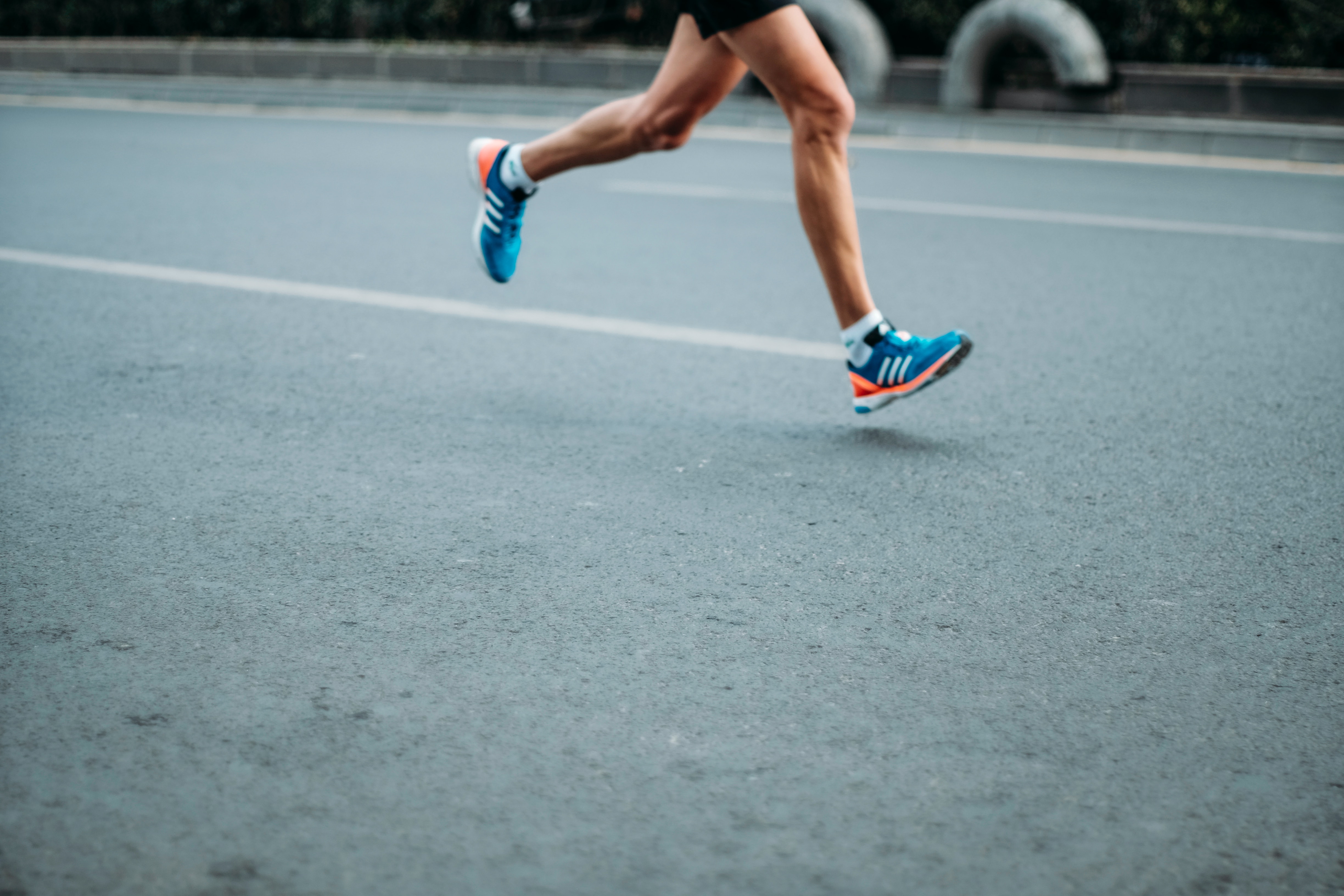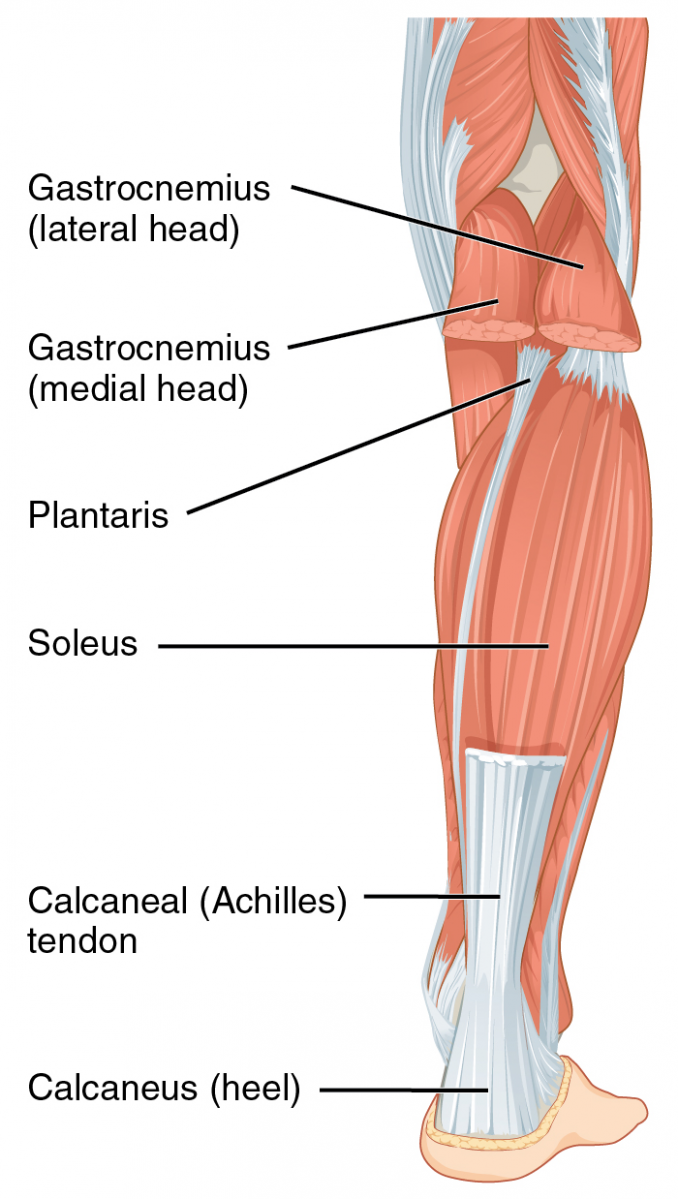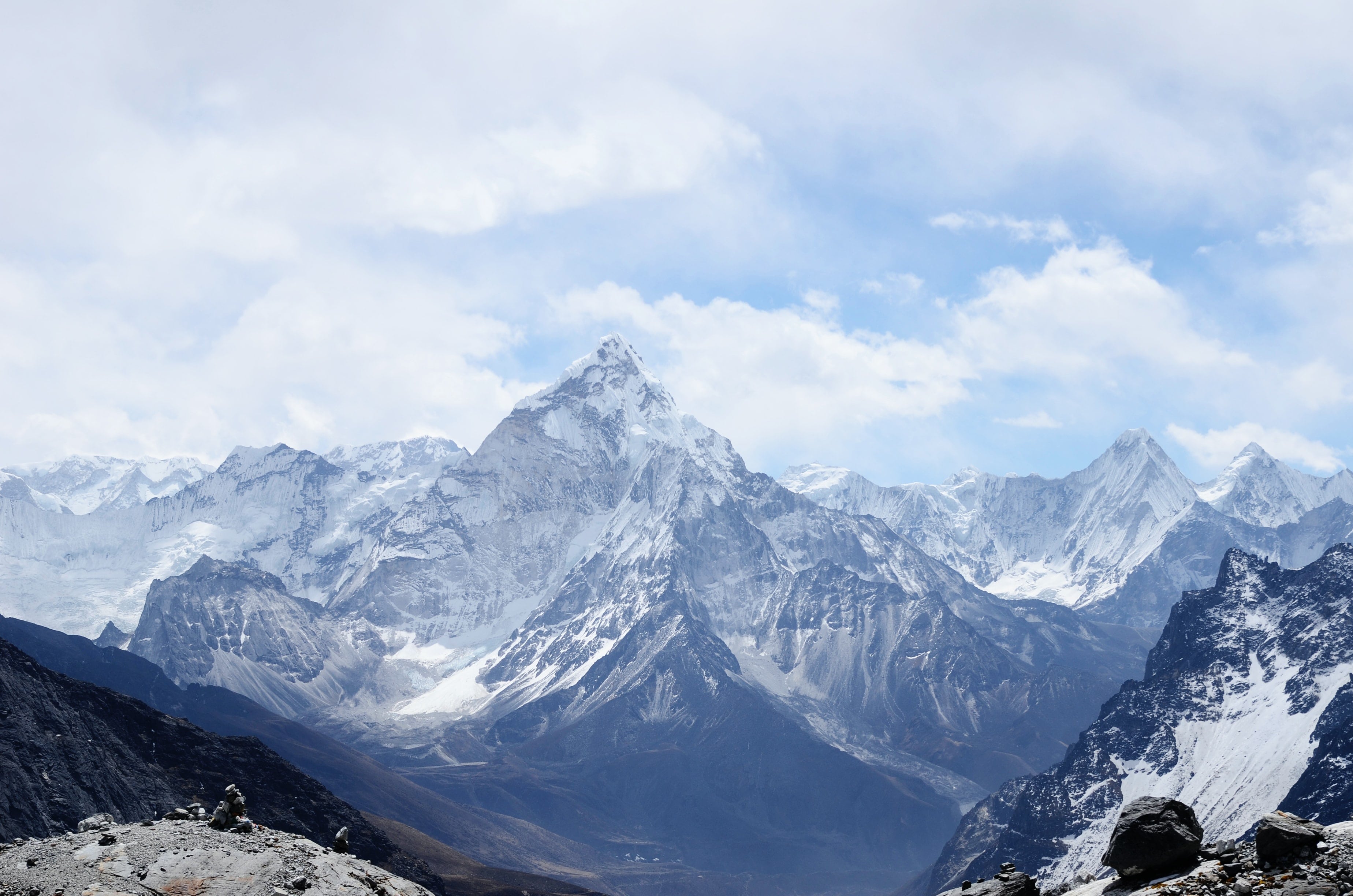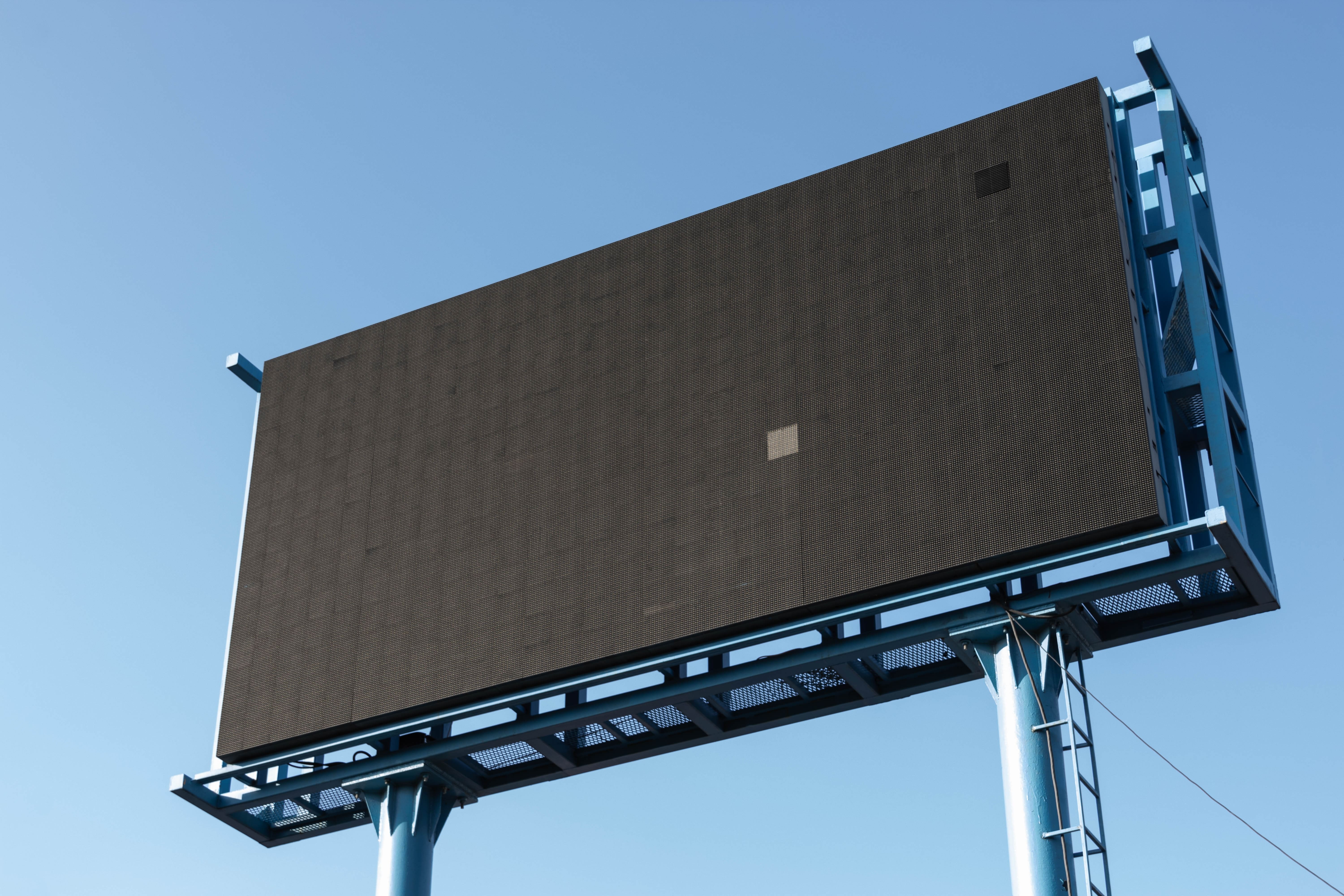A Runner's Guide to Calf Strains .

Photo by sporlab on Unsplash
If you’re a true runner like me, you will run even if it hurts. You will run even if you know you probably shouldn’t, and you will eventually run until you’re injured — that point when a single step will cause pain or discomfort in your knees, hips, or foot. Whether this compulsion to run stems from the competitive drive to train for a race, the desperate search for the runner’s high, or a psychological hole that only running can fill, our love of running will eventually hurt us.
Each runner has their own injuries they seem prone to: stress fractures, IT band syndrome, plantar fasciitis. In my estimation, it seems this is based on the runner’s form, genetics, or structural deficits. I would like to tell you about my affliction, the calf strain. This injury is particularly pernicious; the best I can describe it as walking through an unmarked minefield: as soon as you think you are out of it, disaster strikes.
The disease
As a college sophomore, I began my first serious season of training after becoming a “runner” a few years prior. With my college running club, I did track workouts twice a week, and then a long run on the weekend. I got into the best shape I had ever been in; I was running distances and paces I had only dreamed of.
Little did I know, a dangerous reality was lurking. As the weeks went by, I noticed tightness in my calves. I did not have a foam roller, so I would take a hot shower to loosen my calves. I knew something was wrong, but I kept running because like a true runner, I could not imagine not hitting the pavement each day. Then, one day, I went on a run with some friends, and I felt a throbbing pain in my calf. I couldn’t ignore the symptoms anymore; even walking hurt.
At this time, I knew nothing about running. I did not understand recovery, and I had never had an overuse injury. (Forgive me, I never had the formal education of a cross-country program; I played football, where running was a punishment). My rest day was a 5 mile run at an easy pace.
This was my first foray into the dreaded calf strain. Only after 5 months off of physical therapy did I recover. I was miserable during this time; although I cycled and swam, not being able to run made me feel like a shell of my former self. The worst part of the calf strain is the roller coaster nature of it: the calf will improve with rest, but as soon as you try it too much (say, a light jog), the muscle will become injured again and all progress is lost.
I learned a lot from this period, though: foam rolling, the wonders of PT, and the importance of rest days. Critically, I learned to listen to my body: overuse injuries take time to develop, and there is often a prodromal period, or time of symptoms warning of the more dangerous disease. I resolved to never make the same mistakes again, so that I would not need to suffer being sidelined from this sport. However, as it turned out, I still had much to learn.
An anatomy lesson
The calf muscle consists of three muscles: the soleus, gastrocnemius (“gastroc”), and plantaris. At the lower end, these three muscles combine to form the achilles tendon. The gastroc has two heads and is superficial (that is, on top of) the soleus.

The calf anatomy - photocredit physiopedia.
Calf strains can occur in either the gastroc or the soleus. There are three severties of the calf strain: grade I (least severe), grade II, and grade III (most severe). In a grade III strain, the muscle can tear from the achilles tendon, sometimes requiring surgery.
The return
In early 2021, I was confident that I learned my mistakes in 2019. At least once a week I cycled (to give my calves a rest), and used a foam roller to loosen tight muscles. However, calf strains are a tenacious beast: after six weeks of hard training, during an easy run, I felt a sharp pain in my left calf, and was unable to continue running.
I cursed my luck, but was determined to recover quickly, so I took two weeks off from running, cycling instead. I then eased into running by going on “run-walks” — an activity of alternating between walking and running. After three weeks, I was back into running. I consider this a “success” story and online articles will suggest this is the natural progression of this disease. However, there will be times when this is not the case, as I have found out recently.
Sometimes, RICE is not enough
Like a comedian with only a few jokes, the story repeats.
Last year, I was training for the SF marathon. I occasionally took rest days (cycling or swimming), but in hindsight, I was not taking recovery seriously enough: during an easy run one day, something felt off; my footsteps felt flat and my muscles ached in an unusual way. I swam the next day, but during my next run, my achilles were on fire. Uh oh, the SF marathon is a week and a half away.
I realized that my muscles were tight and needed to be loosened before I could run effectively. Thus, I aggressively stretched my calf muscles. This was a massive mistake. I pulled a muscle, and my calves swelled up, making walking difficult. Much to my disappointment, I had to drop from the SF marathon.
I took time off from running, but even after months, there was no progress — walking was still painful. This was the most frustrating aspect, and where most online guides get it wrong. _Sometimes, the calf will not heal with just time. _
Something was clearly wrong; my body was not healing as it should, so I scheduled an appointment with an orthopedic doctor. As I learned in the examining room, unfortunately, there was not much the doctor could do; surgery would not help (he can fix tendons and ligaments, but not muscle fibers) and an MRI would not show anything. Fortunately, though, he was able to write me a prescription for meloxicam, an NSAID stronger than anything you can find on the shelf at CVS. This drug was to help calm my “angry” calves (to be fair, I was angry at them too).
Running Form
Some running forms are more prone to calf strains. The reason I’ve suffered multiple calf strains is primarily because of my poor form; if I do not fix this, this injury will keep coming back. A proper running form considers the entire body, but relevant for this discussion, there are two aspects of one’s running form which make calf strains more likely:
-
Cadence
-
Stride length
Cadence and stride length are inversely proportional to each other: having a low cadence will cause a longer stride length. This increases injury risk, as the body will spend longer in the air, resulting in more force when the foot lands. Thus, to prevent injury, it is recommended to have a higher cadence. The legendary coach Jack Daniels recommends 180 steps / min, but it is more important to have a cadence that prevents overstriding, or when the foot falls too far in front of the body.
Increasing cadence is a strategy backed by research: for example, this study found that peak force delivered to the foot was decreased by 5.6% when runners increased their cadence by 7.3%.
The comeback
After this injury, I will return stronger and faster. I tell myself this when I’m injured because it helps me get through the dark times when I cannot run. (A runner who cannot run is a very depressed person.)
After getting injured in July of 2022, I finally returned to running in January of this year. I slowly increased my mileage, afraid of reinjuring myself. But sure enough, I was able to come back. I ran a half marathon in March and ran the Orange County marathon in May.
While injuries are a part of running, I resolve to never get injured again. To accomplish this, I’ve made the following resolutions:
- Stretch and massage leg muscles daily
- Do strength training (e.g., squats, lunges) once a week
- Take planned breaks from running (“you can either take planned breaks from running or you will take unplanned [i.e., injuries] from running”)
- Listen to my body
Running has changed my life. I will always be a runner. I want to run until the day I die; running fulfills me in a way that nothing else does.
Recommended

There must be more to life.

Do not trust oracles which do not understand your questions.

Innovation that turned out to be vaporware.